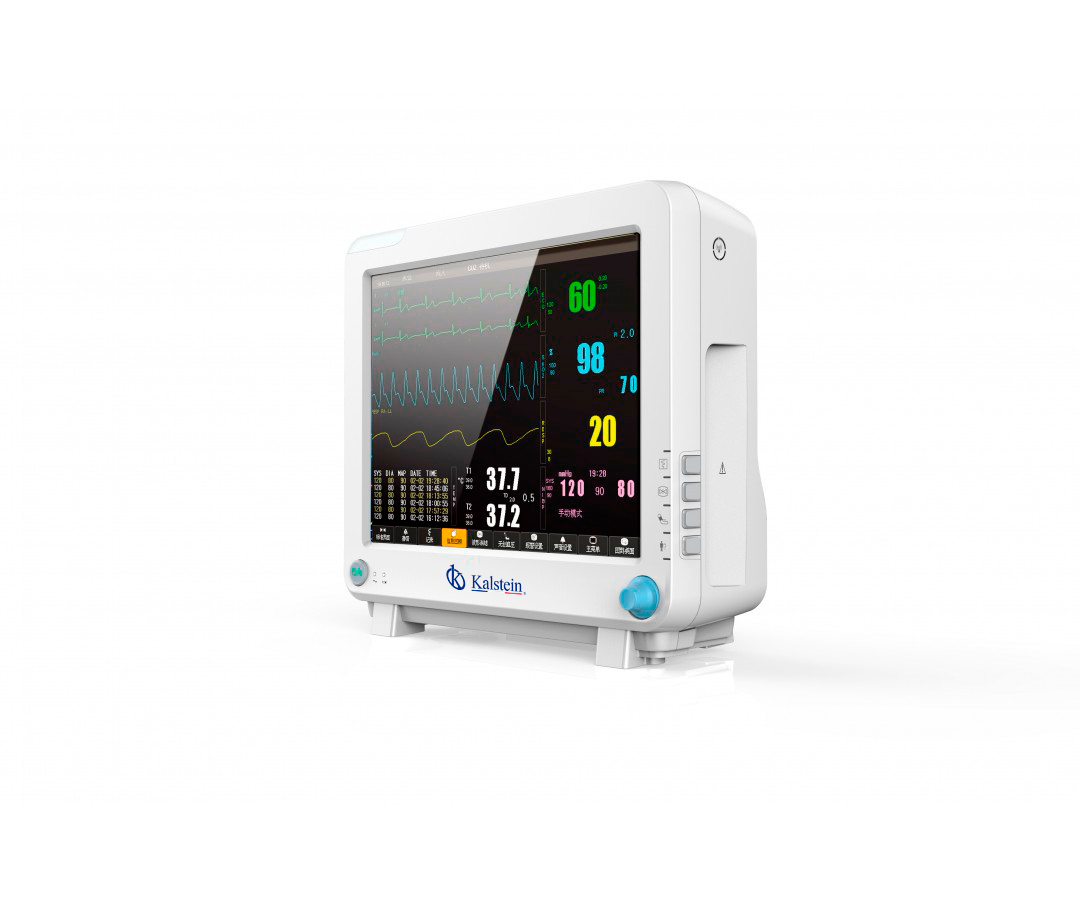A patient monitor is a medical device that collects and stores the patient’s vital signs, which together with alarm systems process and record the patient’s parameters. They are equipment capable of providing operating facilities for medical personnel and modern medical practice. Nowadays, these patient monitors collect information of different physiological parameters and store trends and events of arrhythmias.
A patient monitor should have user interaction, easy and simple to use by the medical staff. It groups together the set of tasks that must be performed from the interaction of the key, its effect on the screen and then its execution in the operation of the monitor.
Criteria for the Use of Patient Monitors
The patient monitors have ergonomic designs that meet certain characteristic criteria that must be taken into account for the development of their functions, and are:
- Easy to connect to the patient, adjust scales, alarm limits, etc.
- Configure the basic functions, which should be the required time in which it should be displayed, select the information to be displayed including alarms, parameters, silence times, etc.
- Change parameters in an easy way, by monitoring.
- Take manual measurements of noninvasive pressure
- The cables should be easily accessible, connected to the patient so that they do not hinder the visibility of the screen.
- Regulate alarms depending on the conditions of patients.
In this sense, the functions of the patient monitors are basically used by trained personnel, so it is not necessary to use a user manual, since the references help explain the function or operation not very obvious to users with functions that are not used frequently. In addition, the monitor should be as simple as possible, allowing for on-screen viewing from various angles while being clear and accurate. As well as the use of controls for simple and obvious functions.
Alarm Interface as a Patient Monitor Usage Standard
It is important to take into account the system of alarms that regulate and warn the effectiveness in the use of patient monitors, which are reflected as follows:
- Opening: alarms should be triggered as soon as the patient is connected to the monitor and has started monitoring, these should be set by default to values that are reasonable for each parameter.
- Visual indicator: refers to the identification of any pre-set limit, both sound and visual. These indicators must identify the alarm that has been violated and must be activated within 10 seconds of the alarm condition.
- Mute or Disable: This is important because the user can take care of the patient without worrying about varying the alarm level. The silence time should be for a short time and should be automatically reactivated at the end of this if the alarm condition remains.
- The default volume must be audible. These variables are between 50 and 60 dB in care and emergency rooms with peaks of 65 to 70 dB for conversations and others. It is important that the alarm tones differ from the other sound signals at the monitor application sites.
Finally, the neglect of patient monitoring is a special kind of alarm that occurs when there is an error or because it has been turned off by low battery charge.
Patient Monitor brand Kalstein
We at Kalstein are trained to offer you the best medical equipment any customer wants, and meet the demands that doctors require within the operating field, therefore we offer patient monitors with 8.4 inch touch screen, embedded handle, able to use the module, lightweight with 1.6 kg of weight, 5 hours of battery life, fan-free design that guarantees a low level of noise, multiple interfaces for different departments. Compatible vehicle power supply;
At Kalstein, we are manufacturers and offer you the best equipment, with the best advice so that your purchase is the right one and at the best prices. Come, take a look at our page HERE

